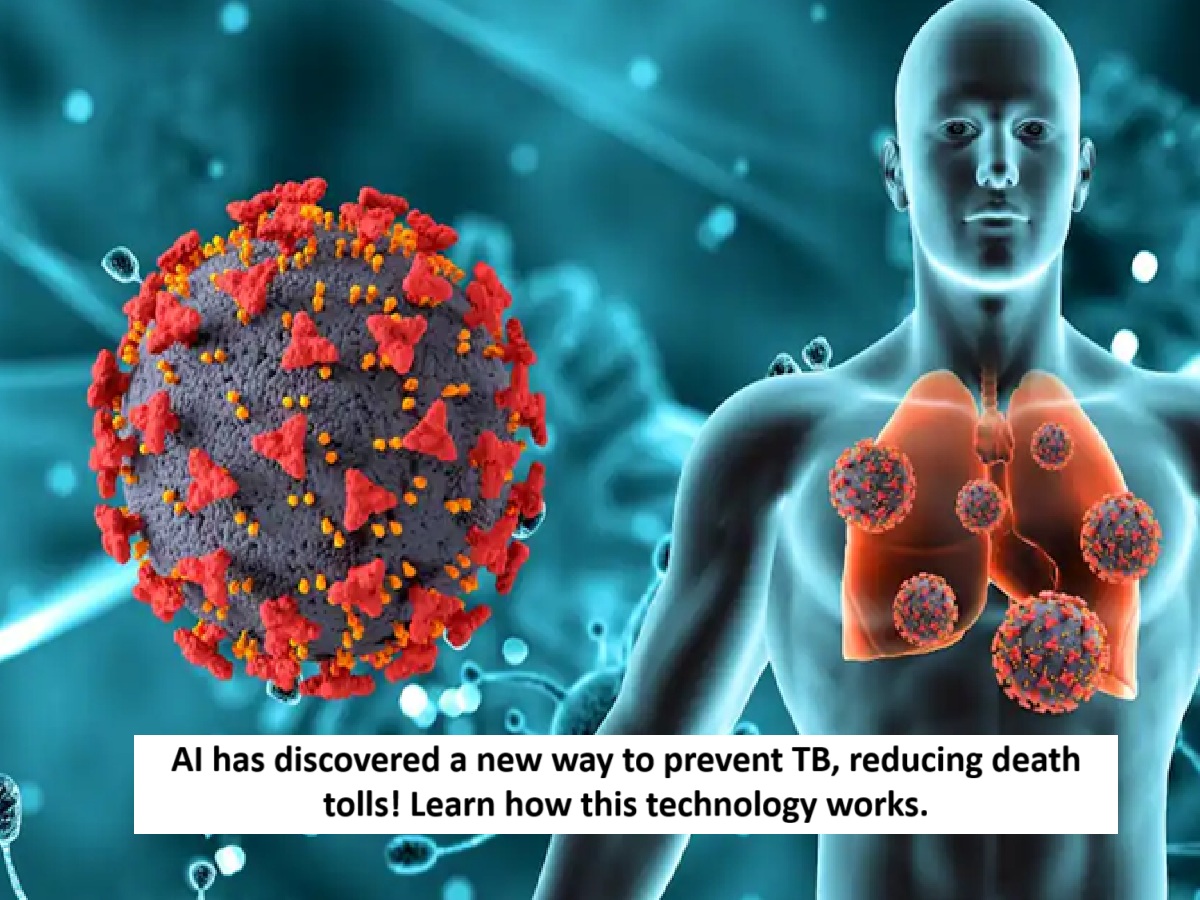
News Topical, Digital Desk : New TB Technology: At the annual global conference on lung diseases, Delft Imaging and Ipcon have jointly launched a new AI platform called CAD4TB+. For the first time, this platform integrates TB detection, monitoring, hotspot identification, and future potential infection risk into a single platform. According to health experts, this represents a major step forward in the fight against TB, as it remains the world's most deadly infectious disease.
It is difficult to identify TB patients.
According to the latest report from the World Health Organization, by 2024, 17 million people will develop TB and more than 1.2 million will die. Most alarmingly, approximately 2.4 million patients remain undiagnosed, allowing the disease to continue spreading. TB cases and deaths are particularly high in regions like Africa. Even today, TB testing remains inadequate in many countries, leaving people living in remote and vulnerable areas unscreened. CAD4TB+ addresses this gap. It combines Delft's AI X-ray technology with EPCON's data system to identify areas where TB is high, low, and likely to spread.
What do the experts say?
Guido Geerts, CEO of Delft Imaging, said that early detection of TB is crucial, especially in hard-to-reach areas. He explained that CAD4TB has already screened 55 million people, and the new platform, CAD4TB+, will make this process even faster and more accurate. Caroline van Cauwelaert, CEO of EPCON, said that the partnership aims to connect field testing directly to country-level planning. According to her, "Every X-ray will no longer be just a patient report, but a crucial data point for understanding how TB is spreading in the country."
The results of this system have been seen in many countries
In Nigeria, it identified TB hotspots and helped identify more patients in those areas. In South Africa, AI significantly reduced the cost of patient identification. Similarly, CAD4TB is being used in more than 90 countries worldwide and is supported by more than 120 scientific studies. This technology helps with early detection, enabling earlier treatment and preventing deaths.
Read More: Is vitamin B12 deficiency causing your wobbly legs? These 3 soups can provide instant relief.
--Advertisement--

 Share
Share



